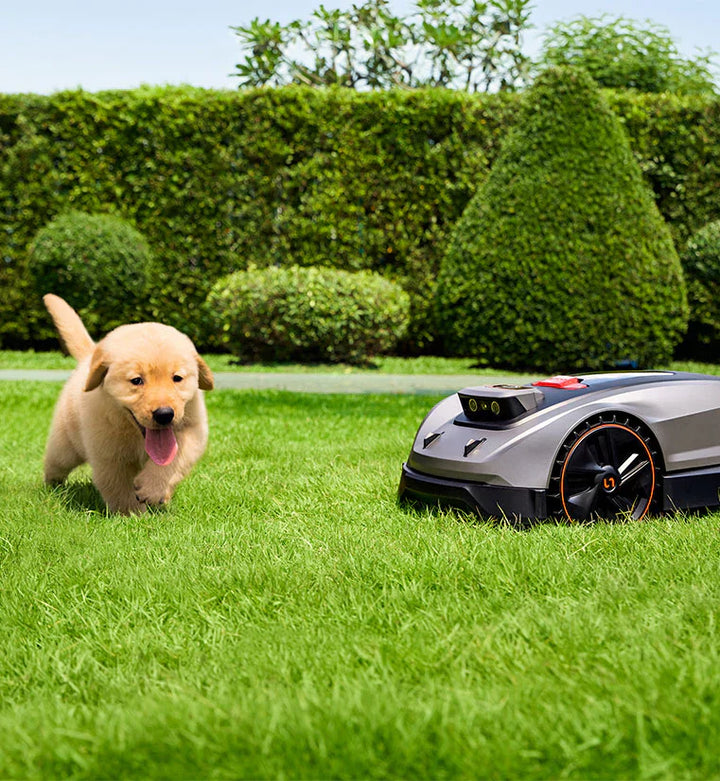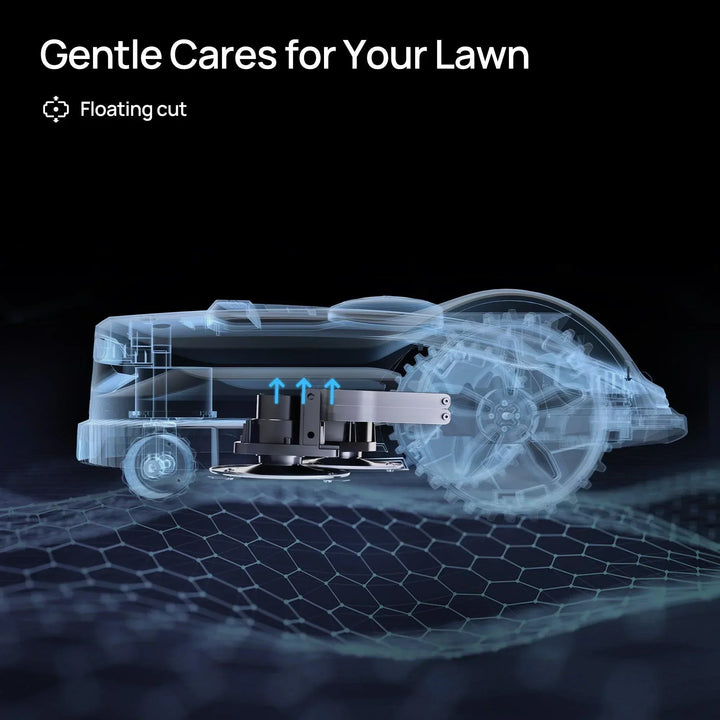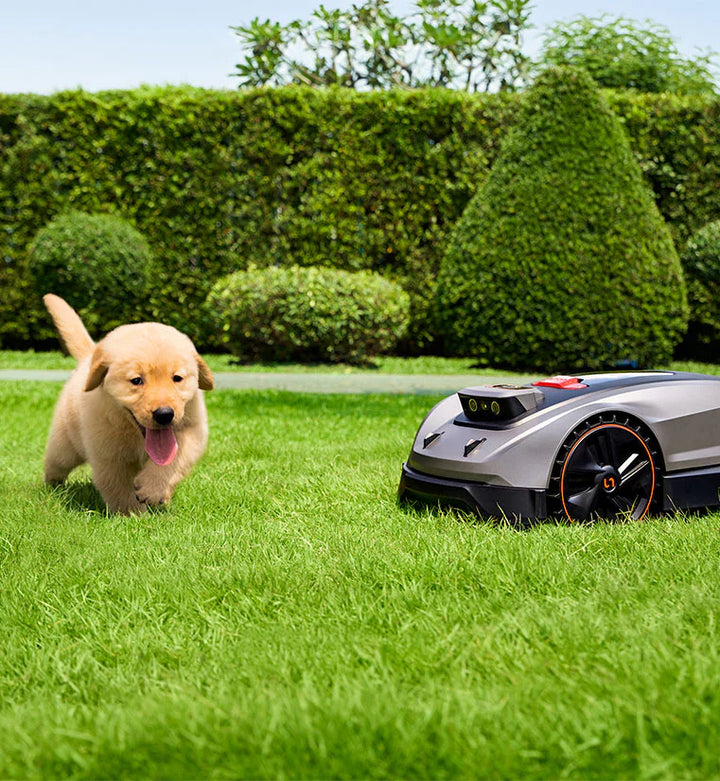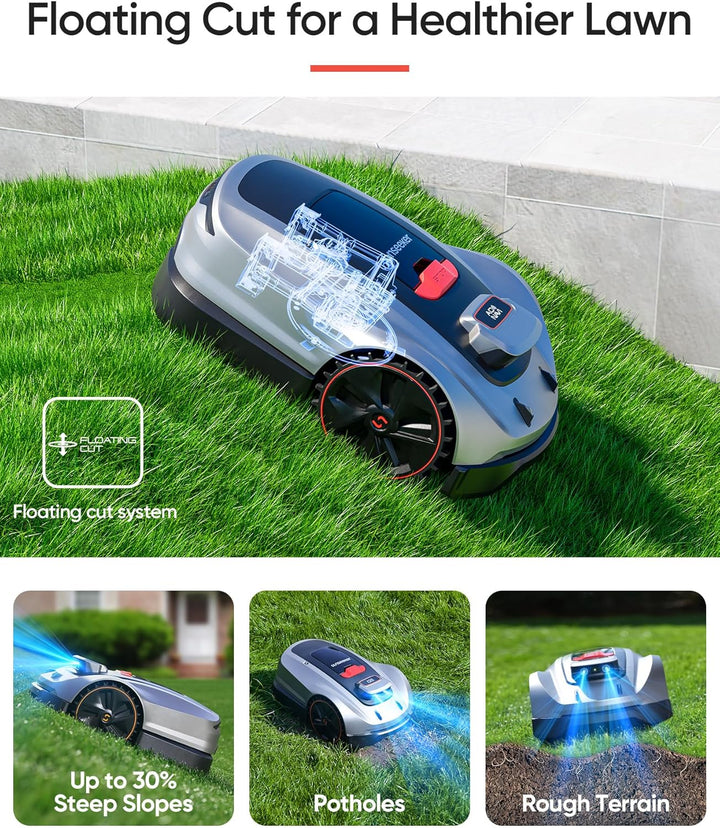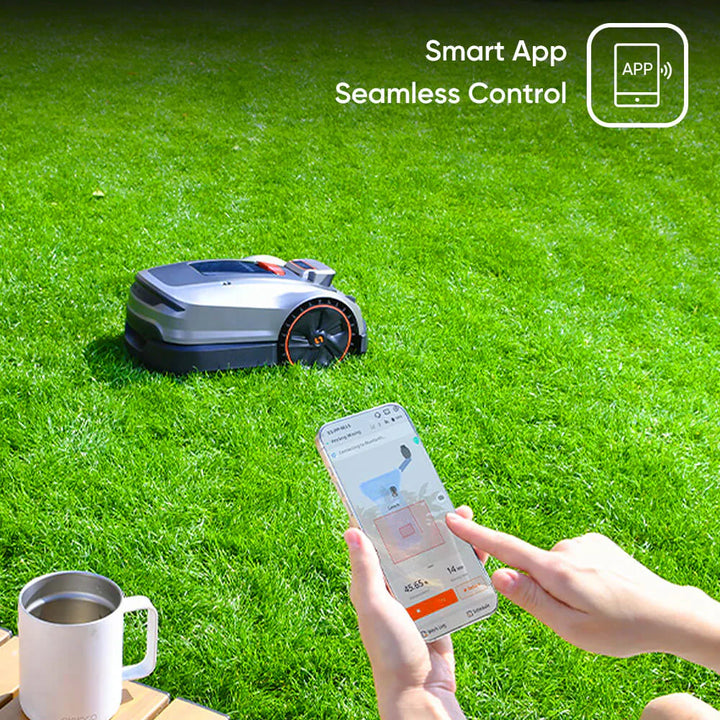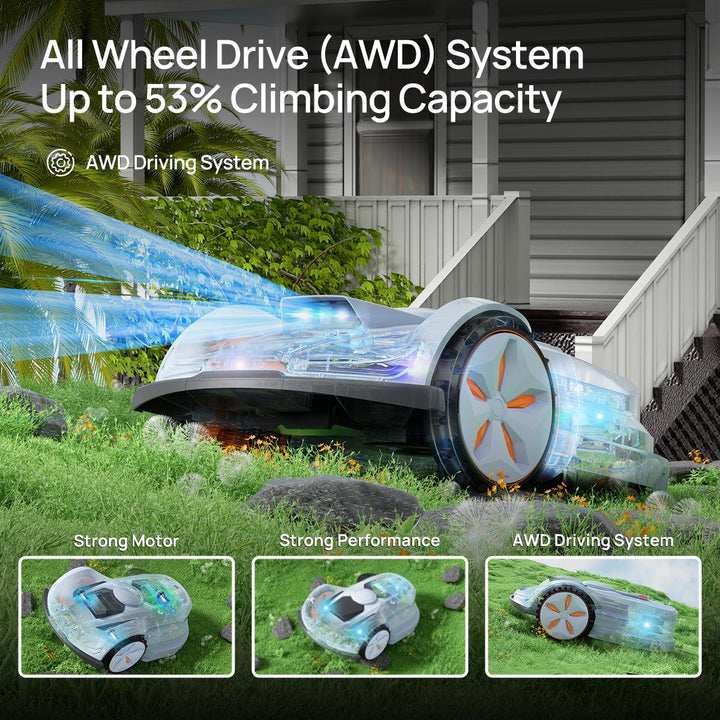Subscribe Our Newsletter
How to Choose the Right Robotic Lawn Mower for Your Yard Size and Terrain
With the rise of smart home technology and automated yard tools, the robotic lawn mower has rapidly grown from a niche luxury to a practical solution for homeowners looking to simplify their lawn care routine. Whether your lawn is small and flat or larger and more complex, choosing the right robot lawn mower requires understanding how factors like yard size, terrain type, and personal preferences impact performance and satisfaction.
In this guide, we break down the key considerations that help match your lawn’s needs with the best robot mower for the job—so you can enjoy more leisure time and a perfectly trimmed lawn with minimal effort.
Yard Size: Why It Matters
The first step in choosing a robot lawn mower is determining your lawn size, usually measured in acres or square meters.
For small lawns (up to 0.15 acres), a compact mower with moderate battery life and simple navigation is usually sufficient. These mowers are more affordable and easier to set up, making them ideal for suburban homes or townhouses.
A great example is the Sunseeker V3, designed for lawns up to 0.15 acres. It features ultra-quiet operation (just 55 dB), dual-camera obstacle recognition, and a user-friendly app interface with Bluetooth, Wi-Fi, and 4G connectivity. Its one-touch setup makes it especially appealing for homeowners looking for a "plug-and-play" experience. The straightforward installation process and simplified controls also make it an excellent choice for older users who appreciate technology that’s easy to use and hassle-free.
For medium-sized lawns (up to 0.3 acres), a more advanced mower is needed—one with larger battery capacity, better sensors, and the ability to mow systematically without leaving patches uncut.
In this range, the Sunseeker X3 Plus stands out. With support for up to 0.3 acres, it uses industry-leading RTK-GNSS and vSLAM positioning, intelligent floating blade height, and advanced obstacle recognition with over 200 object types. Its precise path planning ensures even large or complex lawns are covered efficiently.
Studies show that choosing a mower with the proper range for your lawn size leads to better efficiency and avoids frequent recharging or manual repositioning (Zhuravsky et al., 2024).
Terrain Type: The True Test of Capability
A flat, obstacle-free lawn is the ideal environment for any robotic lawn mower. But most lawns aren’t that simple. That’s where terrain-handling features come into play.
Uneven or Sloped Yards
Advanced models are equipped with sensors and adaptive systems to handle hills and uneven ground. Robot lawn mowers designed for these terrains use terrain-acquisition strategies—such as radial basis function neural networks—to generate a detailed terrain map and optimize their cutting path (Wang et al., 2004).
The V3 handles slopes up to 42%, while the X3 Plus handles up to 30%—both well above average in this category, ensuring stable and efficient mowing even on inclined or uneven lawns.
Obstacle-Rich Lawns
If your yard includes flower beds, trees, or furniture, obstacle detection is a must. Camera-based systems, LiDAR, and SLAM (Simultaneous Localization and Mapping) enable these mowers to avoid collisions and still mow efficiently (Wu et al., 2022), (Guo & Sun, 2017).
The V3 uses ViSION VI technology to recognize 160+ object types, while the X3 Plus ups the game with dual-camera 3D recognition and obstacle detection for over 200 object categories.
Personal Preferences: Quiet, Clean, and Convenient
Beyond performance, there are lifestyle factors that influence which robotic lawn mower is best for you.
Noise Levels
Many homeowners value a quiet mower, especially in noise-sensitive neighborhoods. Robotic mowers generally operate under 65 decibels—significantly quieter than gas-powered models, and ideal for early-morning or evening use (Zhuravsky et al., 2024).
Both the V3 and X3 Plus operate extremely quietly—at just 55 dB and 60 dB respectively—making them suitable for any time of day and ideal for neighborhoods with noise ordinances.
Eco-Friendliness
Electric robotic lawn mowers produce zero emissions during operation, making them a smart choice for environmentally conscious consumers (Huang et al., 2010). Both the V3 and X3 Plus offer efficient electric operation, and the X3 adds energy optimization features to reduce battery use during operation.
Smart Features
Smartphone integration is increasingly standard, allowing users to schedule mowing sessions, adjust settings, and track progress from anywhere. Some models even support voice assistants or self-navigation via GPS and camera systems for hands-free control (Moriarty et al., 2018).
Both models are app-connected for remote scheduling and control. The X3 Plus goes a step further with compatibility for voice assistants like Amazon Alexa and Google Home, while the V3 emphasizes simplicity with magnetic zone mapping and fast-start features.
Aesthetic Preferences
Advanced mowers use planned mowing paths and record unmown areas for follow-up passes, which produces a neater, more manicured appearance. This is important for users who prioritize lawn aesthetics over pure convenience (Wang & Huang, 2018).
The Sunseeker V3 follows intelligent navigation patterns that ensure complete coverage for small yards, while its dual-lens camera helps detect any missed areas for secondary passes. Meanwhile, the Sunseeker X3 Plus employs advanced RTK-GNSS and vSLAM systems to plan efficient mowing routes with high precision, ideal for larger and more visually demanding lawns.
Final Thoughts
Choosing the right robot lawn mower means aligning your yard’s physical characteristics with your expectations for performance and convenience. Here’s a quick summary:
- For small, flat lawns, the robot lawn mower 0.15 acre—Sunseeker V3 is a powerful, quiet, and beginner-friendly choice.
- For larger or complex lawns, the robot lawn mower 0.3 acre—Sunseeker X3 Plus delivers advanced AI navigation, powerful obstacle handling, and smart home integration.
By understanding your yard's size, terrain, and your own preferences, you can make an informed choice to choose the right robot lawn mower and enjoy a perfectly manicured lawn—automatically.
References:
- Guo, Y., & Sun, F. (2017). Efficient visual obstacle avoidance for robotic mower. 2017 2nd International Conference on Control and Robotics Engineering (ICCRE), 23-28.
- Huang, G., Lin, H., Lin, K., & Kao, S. (2010). Intelligent auto-saving energy robotic lawn mower. 2010 IEEE International Conference on Systems, Man and Cybernetics, 4130-4136.
- Moriarty, K., Stam, A., Timmerman, C., & Luchetti, L. (2018). ROMO – Robotic Autonomous Lawn Mower.
- Wang, H., Zu, L., & Yue, F. (2004). Neural networks-based terrain acquisition of unmarked area for robot mowers. ICARCV 2004 8th Control, Automation, Robotics and Vision Conference, 2004., 1, 735-740 Vol. 1.
- Wang, K., & Huang, C. (2018). Intelligent Robotic Lawn Mower Design. 2018 International Conference on System Science and Engineering (ICSSE), 1-5.
- Wu, M., Chang, C., & Yu, J. (2022). Autonomous Boundary Detection Using Image Recognition for Robotic Lawn Mower. 2022 25th International Conference on Mechatronics Technology (ICMT), 1-4.
- Zhuravsky, D., Babin, D., & Izhevsky, A. (2024). The efficiency of using an electric and robotic lawn mower in lawn care. Agro-industrial complex: problems and prospects of development.



